Assessing the Impact of Micro and Small Businesses on the UK Economy
VerifiedAdded on 2021/06/14
|16
|890
|23
Report
AI Summary
This report, prepared for an entrepreneurship assignment, meticulously examines the significant impact of micro and small businesses (SMEs) on the UK economy. It begins by interpreting and assessing relevant data and statistics to highlight the crucial role of SMEs, which constitute a substantial portion of businesses and employment in the UK. The report details the contributions of SMEs to job creation, GDP growth, and the reduction of inflation, emphasizing their positive influence on the overall growth of the UK economy. Furthermore, it explores the importance of small businesses and start-ups in fostering socio-economic growth, including high employment, industry development, and improved service quality. The report also differentiates between small, medium, and large businesses, evaluating their distinct impacts on the UK economy, especially during economic downturns. A comparative analysis of the number of SMEs and SME employment in the UK with other countries is presented. The conclusion underscores the increasing entrepreneurial ventures and the significant role of SMEs in enhancing employability, supported by a comprehensive list of references.
1 out of 16

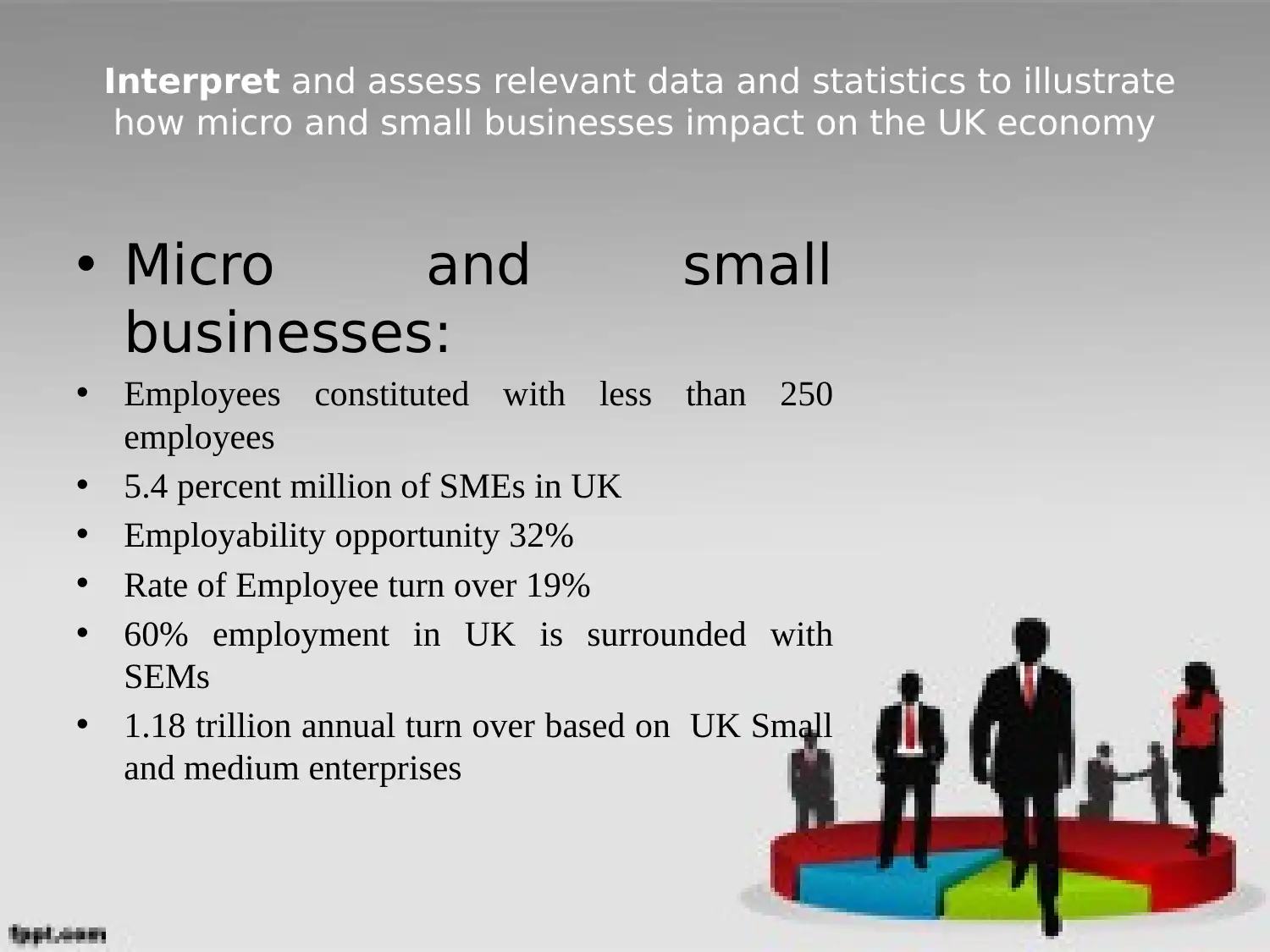
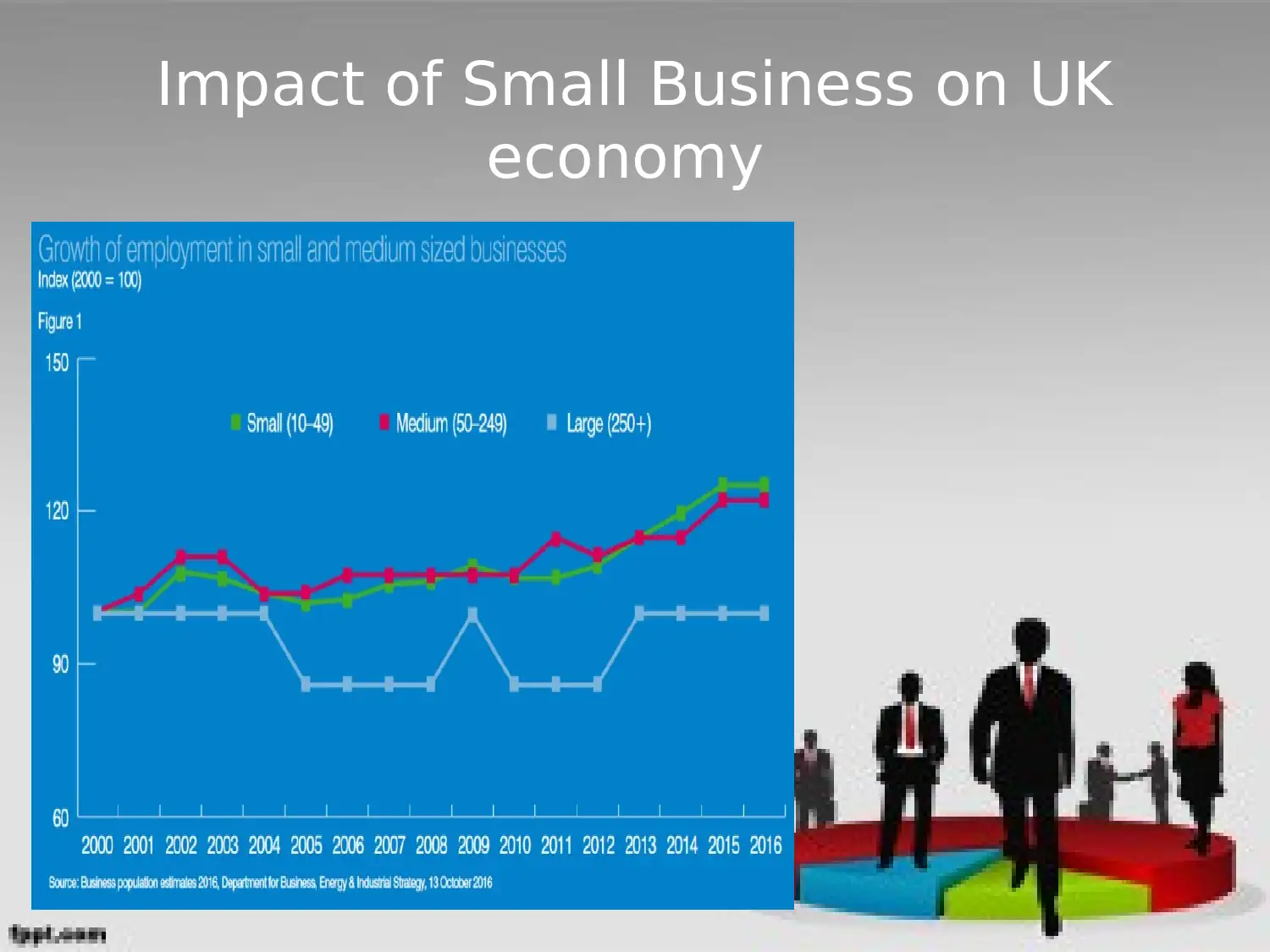

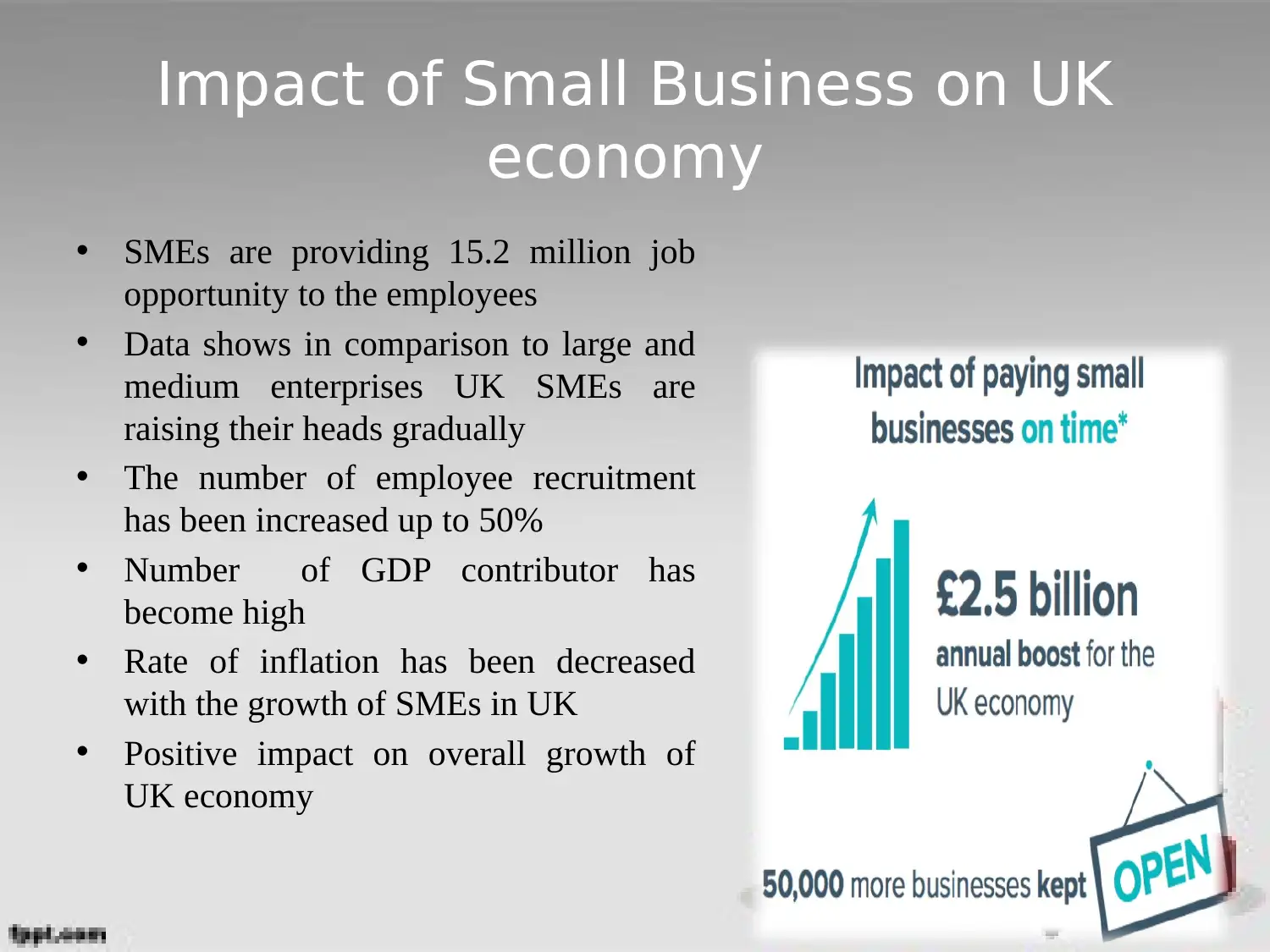


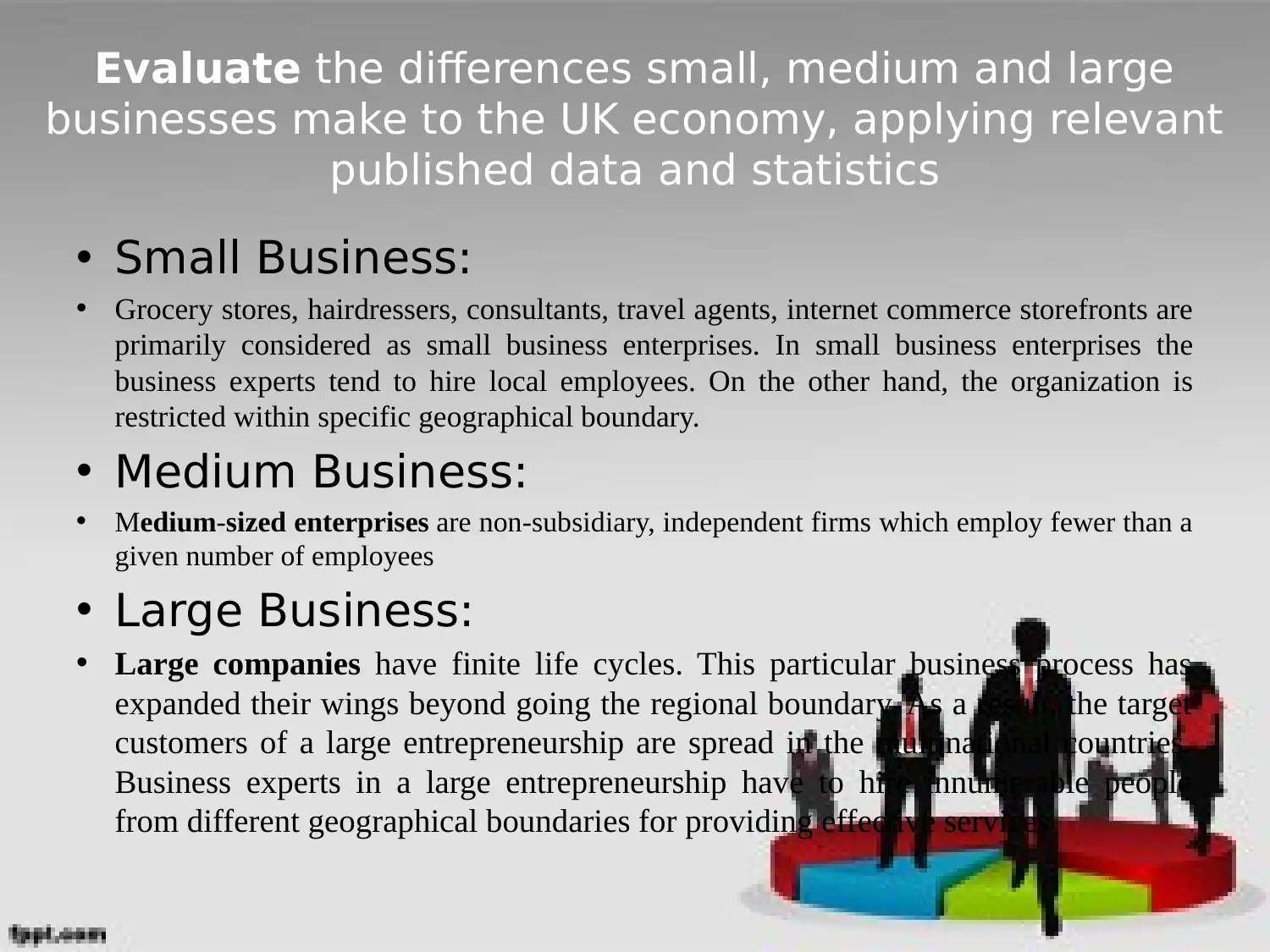


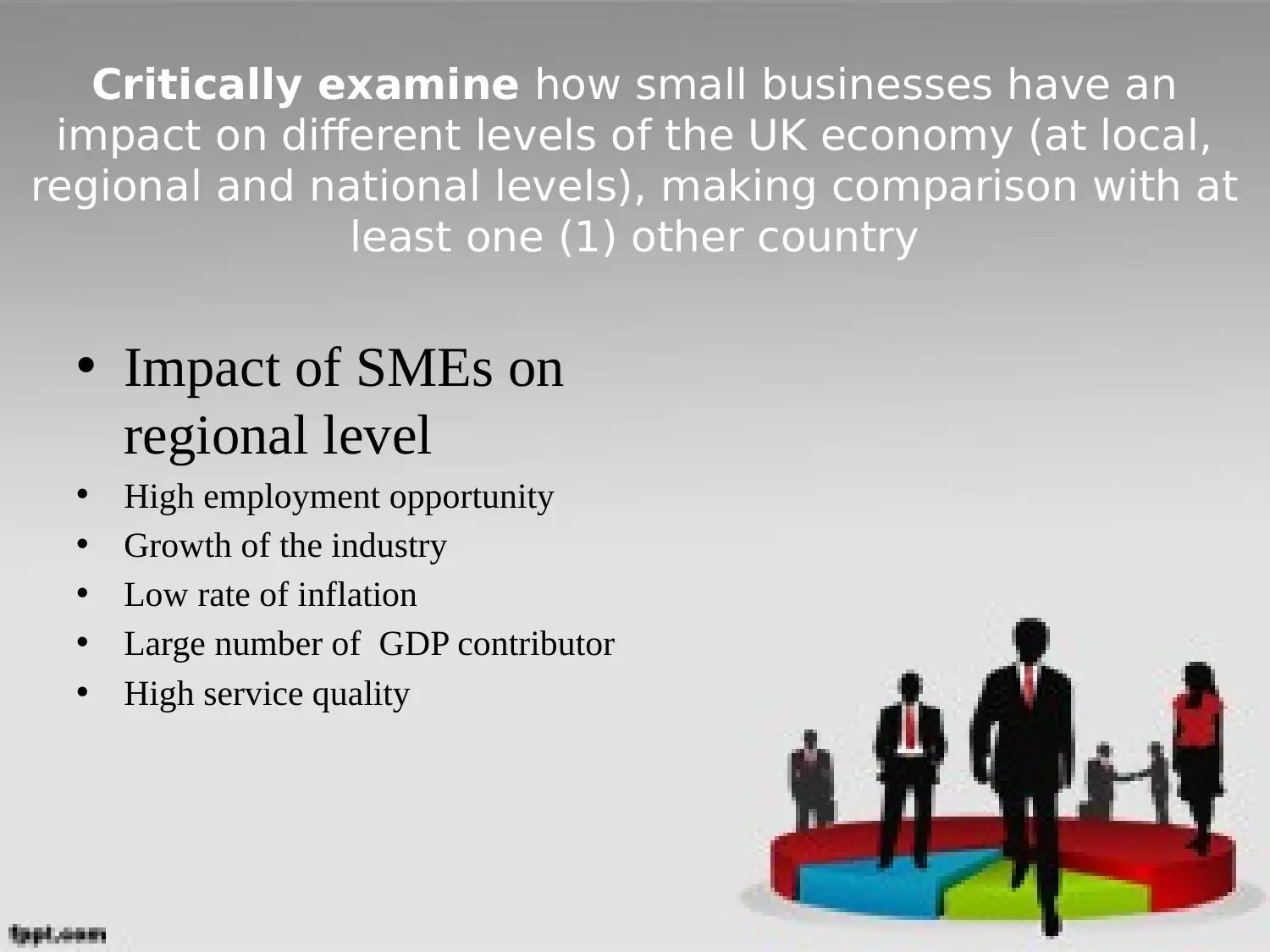
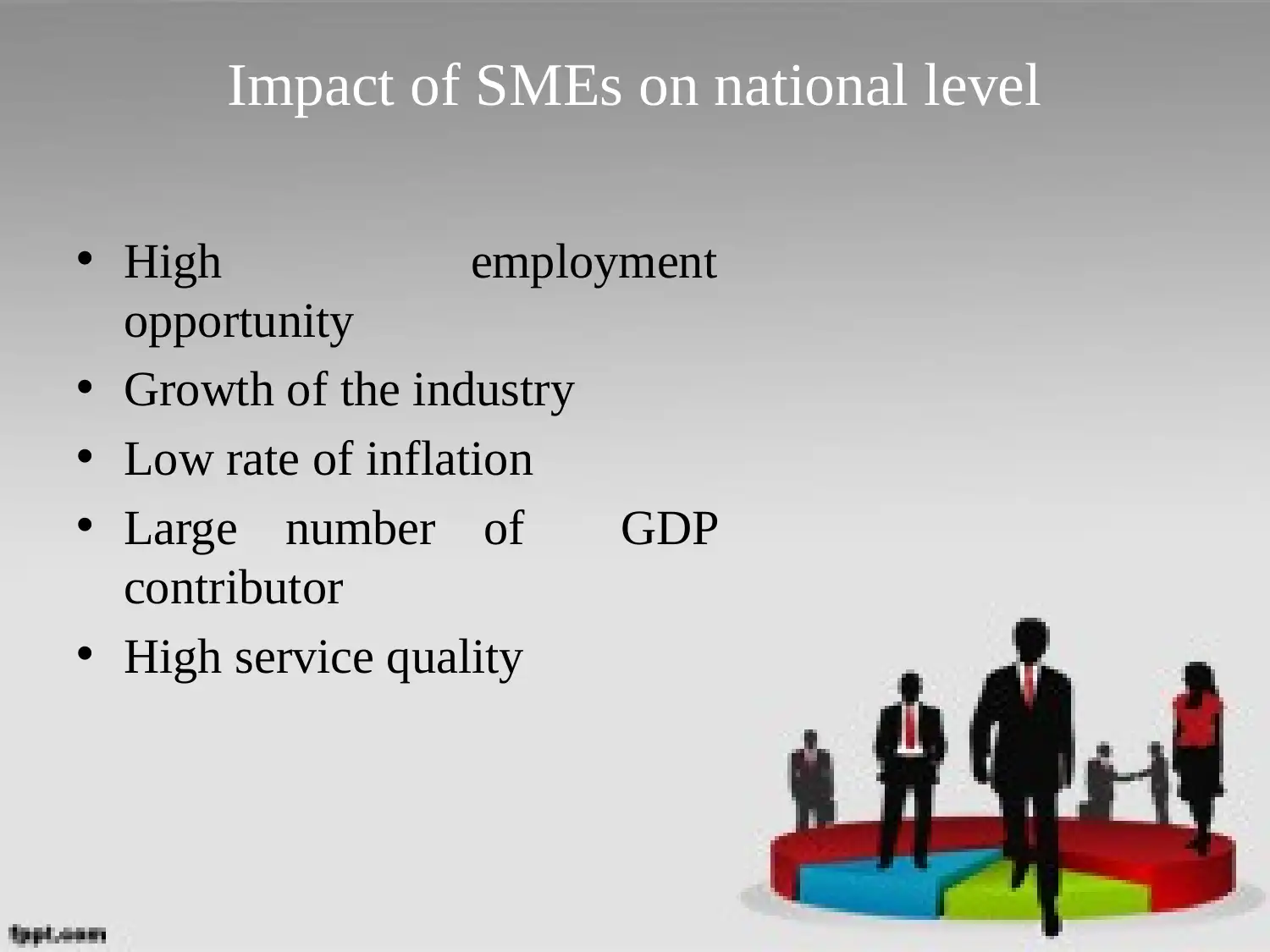
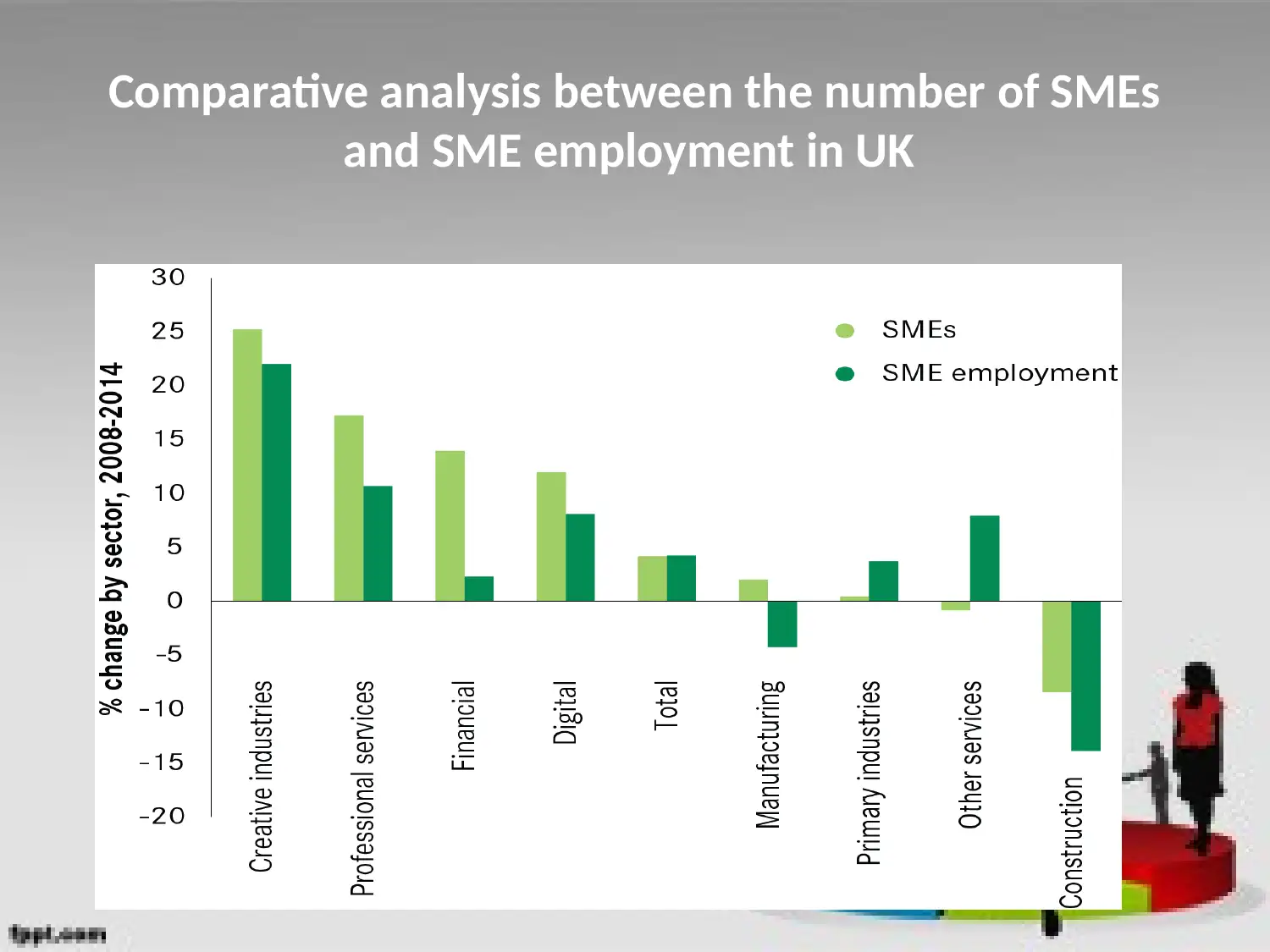






![[object Object]](/_next/static/media/star-bottom.7253800d.svg)